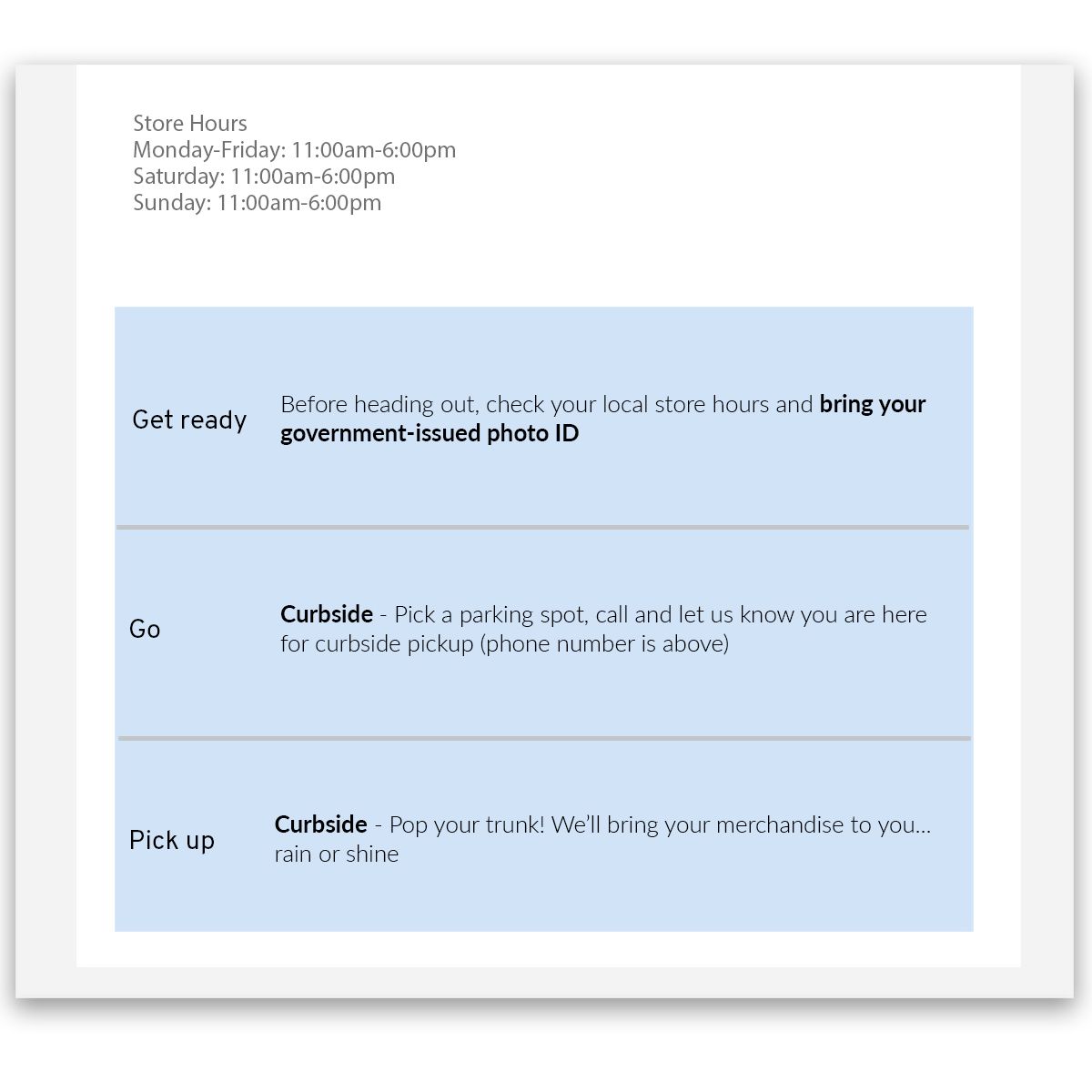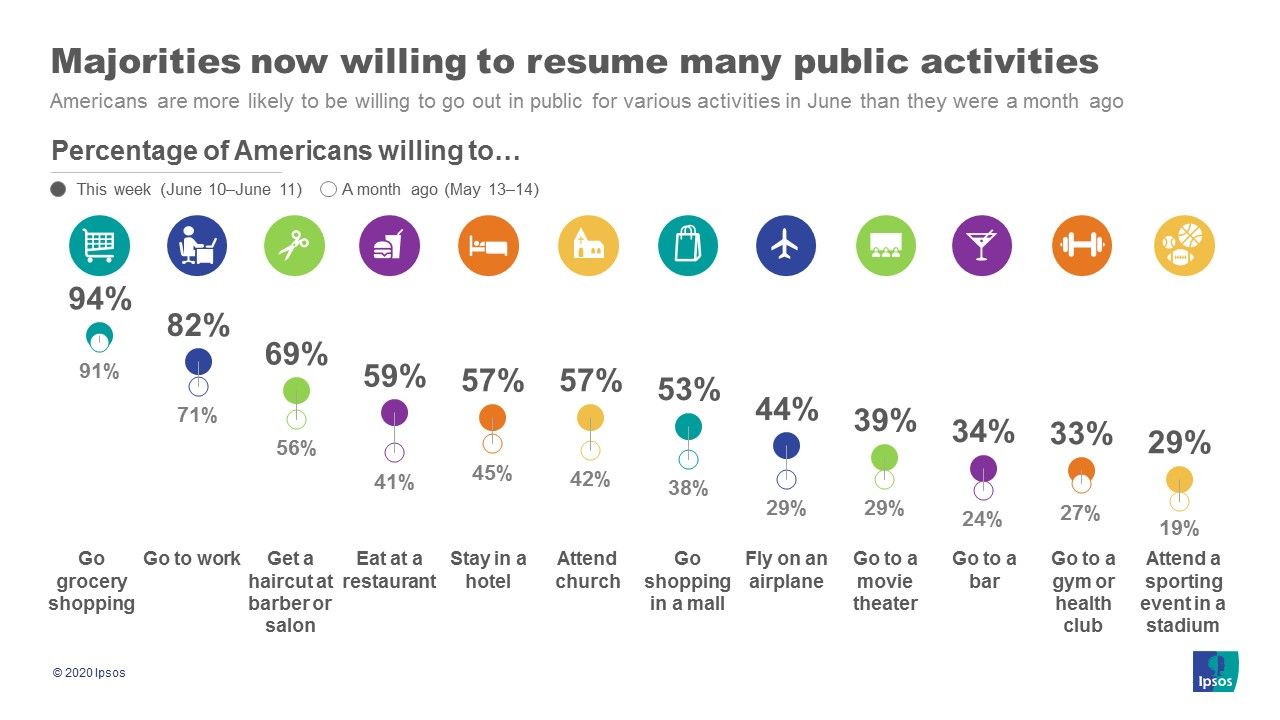What a COVID Persona Can Teach Us About Returning to Business
In a world where COVID is now a playable word in Scrabble®, new or modified products and services are being launched daily to help lives adjust to a new normal. But not all of the best-laid plans for customer safety line up with conditions on the ground, leaving businesses and community leaders scrambling to diagnose why. This got us thinking: What would a COVID persona tell us about how to return to business in the midst of a global pandemic?
THE IMPORTANCE OF A PERSONA
As product designers and researchers at SPR, we know it is critical to understand the underlying need for a new product or service. All too often, organizations ask us to help with a failing product, only to find that the customer (or end user) was never consulted during product development—this is a big miss.
One way a product owner can improve their products is by using insights based on user personas and empathy interviews. As a part of our product development process, we make it a priority to talk directly with users early on to better understand their needs and determine how a product can help to solve them. Through these discussions, we create “personas” of the target customer. The persona is a fictional character that represents the major needs and expectations of various types of users who use a product or service; it is based on a common set of patterns for anyone or all of these: demographic, psychographic, and/or technographic goals and needs.
As a product moves through planning and development, we continually measure our work against the persona. This ensures that a product will meet the anticipated needs of the target customer, thus bringing peace of mind to our client.
CREATING THE COVID PERSONA
Over the past few weeks, we spoke to 10 individuals, both male and female between the ages of 30 and 60 living in Illinois, about their shelter-in-place experience thus far, and their expectations for “getting back to normal."
Based on our conversations, we created a COVID persona named Colm Downey to help illustrate their general consensus. While this persona is male, we did not see any differences in our findings based on gender.

An EMPATHY LISTENING SESSION is an open-ended conversation about a topic that: 1) requires active listening and prompts more than a set interview guide 2) aims to develop an understanding of another human being 3) explores the intent behind an action to uncover goals or needs, and 4) prompts participants to explain what they were thinking or what was on their mind.
Meet Mr. Colm Downey: Before 2020, he wouldn’t have characterized himself as an anxious person. In recent months, however, his priorities have changed and narrowed; currently, his main priority is to keep himself and those around him safe from catching the virus. The biggest challenge Colm faces is learning how to limit exposure while maintaining his needs. For instance, he still needs to get food and other essentials, which often requires him to enter a public space where exposure is greatest. In this case, something as simple as obtaining necessities has become an obstacle in his goal to stay healthy.
The COVID Persona's Guide to Re-Opening
Next, we synthesized what we learned in our empathetic listening sessions to develop a list of recommendations for any entity grappling with the idea of reopening. These are based on Colm Downey’s point of view and are outlined below.
PREVIEW THE EXPERIENCE FROM THE CUSTOMER’S VANTAGE
Colm’s point of view: Many stores, businesses, and government offices have enacted protective policies that help to limit exposure to the virus. Still, I don’t know what to expect each time I go to the grocery store or my local garden center. Even with the restrictions, I’m unsure whether I’ll feel safe among other customers who are navigating tight spaces or waiting in line—all of which feels risky. I do not know what to expect because I cannot envision the experience of walking down the aisles.
The solution: When describing the policies, you’ve implemented to keep customers safe, provide details from the customer’s point of view. Take curbside pickup for example. What can the customer expect when they pull up to pick up their item(s)? How is exposure being limited? List the exact steps involved. The more clearly the process is described, the easier it becomes to assess the risks. This example from a big box retailer does a good job of describing the steps from the vantage of a customer sitting in his or her car (see example retailer email below).

ENFORCE YOUR COVID-19 POLICIES (WITH LOVE)
Colm’s point of view: You have promised to keep customers like me safe. But how do you plan to deliver on that promise? What if another customer refuses to wear a mask or goes the wrong way down a newly one-way aisle? I’m worried about others not following the guidelines and wonder whether a trip to the store is worth it. And, I know I am not alone—findings from a recent ABC News/Ipsos poll data corroborate the notion that people are staying home despite officials saying it is no longer required.

Graphic courtesy of Ipsos.com
The solution: Enforcement only happens when the public knows what they need to do and why they need to do it. To that, we would add the tenet of “what’s-in-it-for-me” (WIFM). For instance, provide messaging around limited exposure to others, improved traffic flows, and minimal wait times, all of which resonate well with customers. Each organization has a unique set of WIFMs, so identify what those are for your customers and anchor your enforcement messaging around self-interest.
IMPLEMENT CONTACTLESS SERVICE DELIVERY (ON THE CHEAP)
Colm’s point of view: This company claims to be doing everything they can to limit my exposure to others, but I wish they would remove contact altogether. I have seen other companies do contactless delivery and it doesn’t seem to require a big technology investment. Not making contact would give me so much peace of mind!
The solution: The growth of delivery services and curbside pickup options calls into question whether in-person contact is required at all. While a step-by-step guide of how to implement contactless delivery is beyond the scope of this article, here are a few general guidelines: provide the customer with an ETA, including an update when en route; leave item(s) on a flat surface, e.g. table at delivery location; contact the customer as soon as the item has been delivered; consider taking and sending a photo of where the item was left. Many food delivery services in the Chicago area have successfully implemented contactless delivery. For more on what they’ve done, see here.
LISTEN TO YOUR CUSTOMERS
Colm’s point of view: Customers like me are the best resource for discovering what’s working, what’s not working, and why. All you have to do is ask! I’d love to share my experience and my ideas for improvement.
Solution: Reach out to your customers regularly to learn about their experience with your business or organization and ask for feedback around ways to improve. This can be completed via any one of many channels, including email, telephone, chatbots, feedback forms and surveys, social media, and more. Not only will your customers share feedback if applicable, they will be impressed with your level of care and commitment to their health and safety.
YOUR TURN: PUT IT INTO PRACTICE
We recommend you use this process and persona to stress test against your current and future COVID reopening plan and policies. Also note, this persona represents our understanding of Colm Downey at the present moment. We would all do well to check in with him in a month’s time to see what’s changed and how we can help.
Put it into practice for your business: Listening to your customers is helpful, not just for addressing pandemic-era customer concerns, but also for creating and refining technology and products.
Business can avoid the “big miss” of failing tech products by creating something that resonates with users through listening and anchoring tech product development to timely personas. Share on X
Interested in learning more about how to shift during uncertain times? See more from our team and what they are observing this year in our collection of resources.


